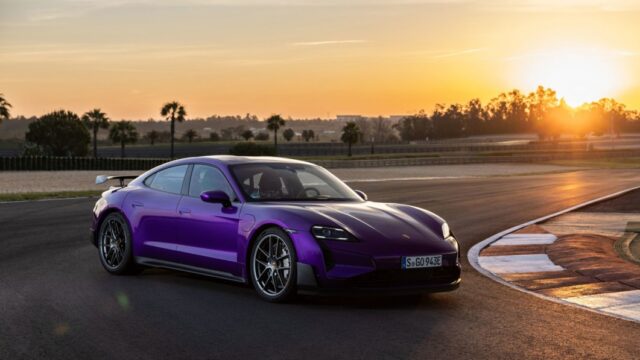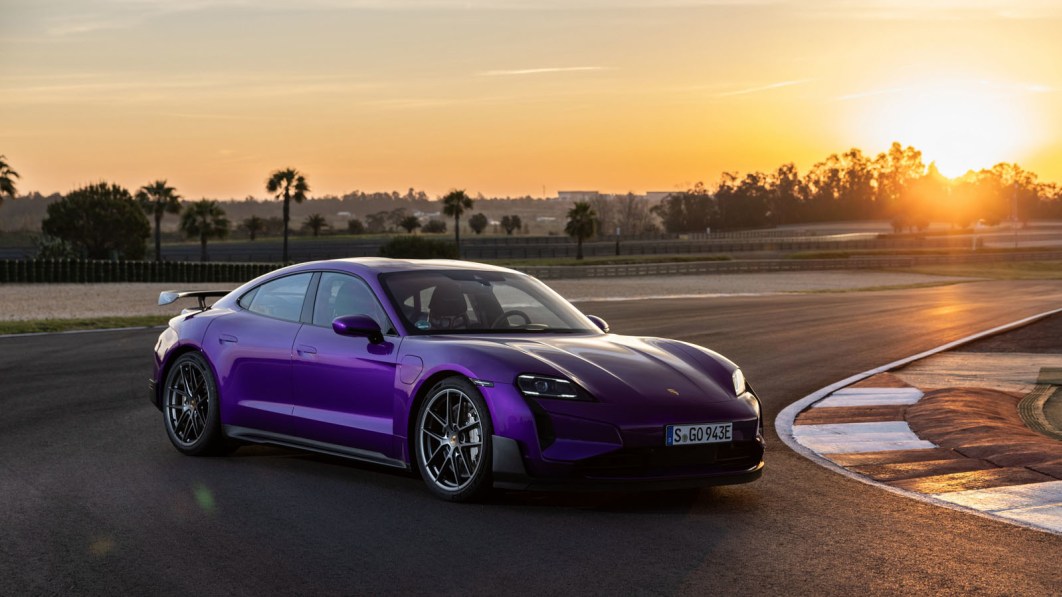
It’s no secret that charging an electric vehicle is often less expensive than fueling a gas car, but many don’t think about the higher purchase prices. A recent iSeeCars study showed that people tend to drive EVs much less, making their cost per mile much higher than that of internal combustion vehicles.
iSeeCars’ research looked at the costs to operate various fuel types between November 2022 and April 2023, finding that EV owners not only drove far fewer miles than gas owners, but their average costs to operate those vehicles over 1,000 miles were much higher. People drove EVs an average of 10,256 miles during that period, seeing costs of $5,108 per 1,000 miles. In contrast, owners drove gas vehicles 12,813 miles, averaging $3,123 over the same distance. The costs per 1,000 miles for other fuel types in the study include:
- Hybrids: $3,056
- Gas Cars: $3,123
- Plug-In Hybrids: $4,351
- EVs: $5,108
EV owners may worry about range and spotty charging infrastructure, which could contribute to the smaller number of miles driven. The higher purchase price of each vehicle is spread over fewer miles, making them significantly more expensive to drive. iSeeCars’ study found an average EV price of $52,387, compared to the $40,009 gas buyers paid.
Higher-end EVs likely played an outsized role in that average price. The most expensive three-year-old model over 1,000 miles was the Porsche Taycan EV, which cost an average of $138,914 when new. The Porsche Cayenne PHEV was second, with an average purchase price of $111,985, and the Tesla Model S was third most expensive, at $96,394.
iSeeCars executive analyst Karl Brauer pointed out that hybrids have become more popular as automakers electrify popular models. They’re also much cheaper to buy than EVs and offer better fuel economy, especially in the city. Brauer predicted that hybrids would become the dominant drivetrain in the industry over the next few years, outpacing gas models as more companies backtrack on EV-only strategies.




































